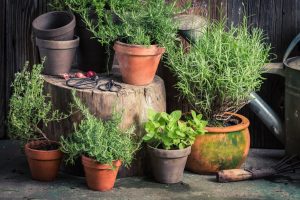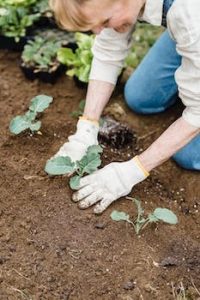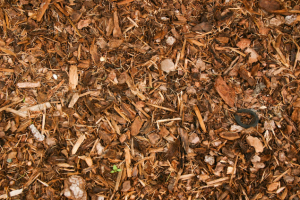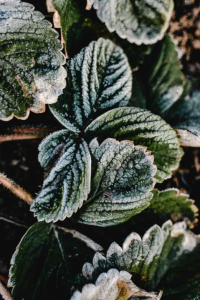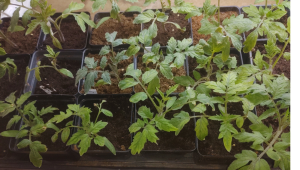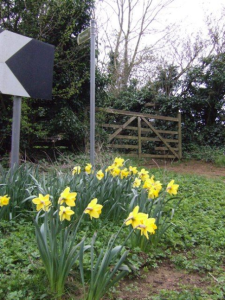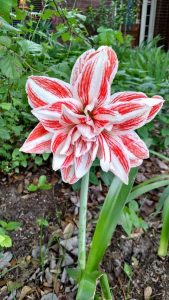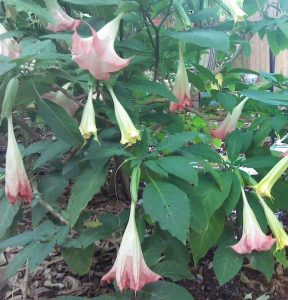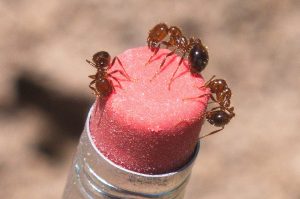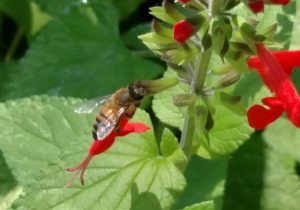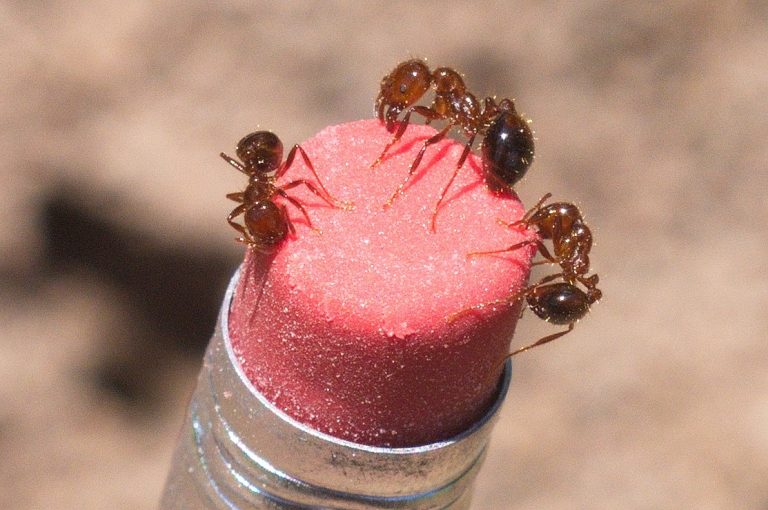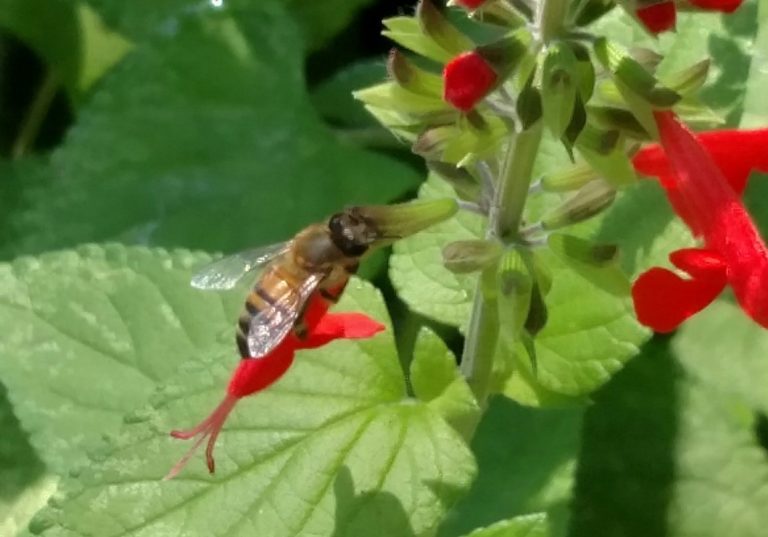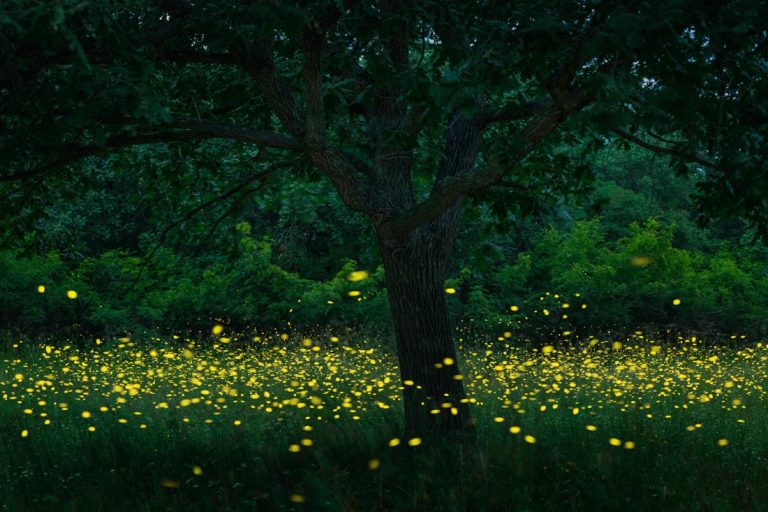The pH of soil may be one of the most important markers in the existence of all living things. If you’re a gardener, the pH of soil is equally important. So, what the heck is it anyway?
Remember the high school science class? No, neither do I, but if we were paying attention, we would have learned about the “litmus test.”
Here’s how it went, I’m told. First, you dip a piece of litmus paper into a solution, and it turns color…either red or blue. If the paper turns red, then the solution is acidic. Or if it’s blue, it’s “basic” or alkaline. If you’re interested in what litmus paper is, I think it’s made from lichens. I could go into that a little deeper, but I’m not that interested. If you are, either Google it or send me a message.
The critical point is that it tells you if the solution is acidic or alkaline. Chemists call the range between acidic and alkaline “pH.”
What does pH stand for?
The term “pH” was first described by Danish biochemist Søren Peter Lauritz Sørensen in 1909. The o with the slash is a “minuscule,” by the way, and that’s all I know about it.
The two letters stand for “power of hydrogen,” where “p” is short for the German word for power (potenz), and H is the element symbol for hydrogen. Why a Danish scientist used a German word is Greek to me, but he was a scientist, and I’m not, so I’ll go with the flow. We capitalize the “H” because it is standard to capitalize element symbols. So now you understand about as much as I do.
The scale power of Hydrogen scale
Chemists and soil scientists have assigned a number to the pH test, ranging from 0 (highly acidic) to 14 (highly alkaline).
As I’ve said in other blogs before, soil is made up of living and non-living materials, both inorganic and organic. Living materials could be plants, insects, fungi, animals. Non-living materials would include the corpses of any of the aforementioned or the basic elements to which their corpses have returned. All these living or once-living creatures are considered organic. Inorganic things are iron, rock, sand, gold. However, if you do have gold in your soil, forget about what I just wrote, pick up a shovel, and dig. And send me some.
If I (or you, as the case may be) change the pH of a soil, the process can change biological, biochemical, and chemical processes in the soil and the interaction of those processes.
How does pH affect gardens?
And here’s how it affects gardeners and farmers. Phosphorus is an excellent example of how pH can help or prevent plants from taking up nutrients in the soil. Phosphorus is essential to a plant. It plays a role in photosynthesis, respiration, energy storage, energy transfer, cell division, cell enlargement, and several other processes in plants. If the pH of the soil is between 5.5 (somewhat acidic) and 8.5 (slightly alkaline), plants can take in most of the nutrients and minerals they need.
But if the pH is outside those levels (lower than 5.5 on the acidic side or higher than 8.5 on the alkaline side), the phosphorus interacts with other soil minerals like iron oxides and carbonates. This interaction then locks up the phosphorus and makes it unavailable to plants.
There is a “Goldilocks Zone” where the pH is just right. No porridge eaten and no chairs broken. That range is between 6.5 and 7.5, and this is the range in which most plants can access the nutrients they need.
How do you find out pH? Get a soil test done. Here’s where you can go:
Texas A&M Soil Testing Lab
LSU Soil Testing
Mississippi State Soil Testing
Alabama Extension Soil Testing Lab
University of Florida Soil Testing Lab
More articles you might like:
Soil-The Living Layer of Earth
Elvin: Please link the above




